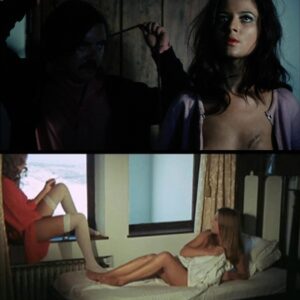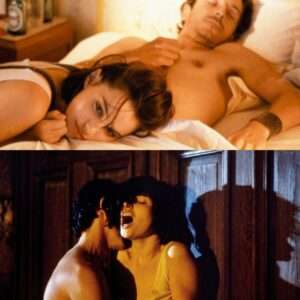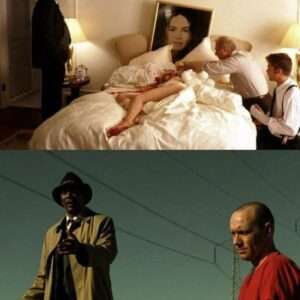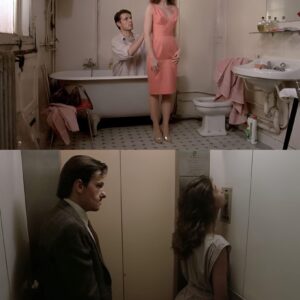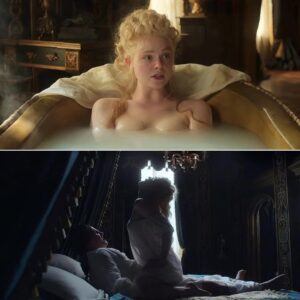The Batman (2022), directed by Matt Reeves and starring Robert Pattinson, marks a bold new chapter in the legacy of Gotham City’s dark protector. This film takes a distinctly different approach from previous Batman adaptations, offering a gritty, noir-inspired take on the iconic superhero. Gone are the bombastic action sequences and lighthearted moments of past adaptations. In their place is a brooding, contemplative detective story that plunges audiences deep into the corrupt and decaying world of Gotham. With stunning visuals, an atmospheric tone, and a strong focus on character development, The Batman redefines what a superhero film can be.
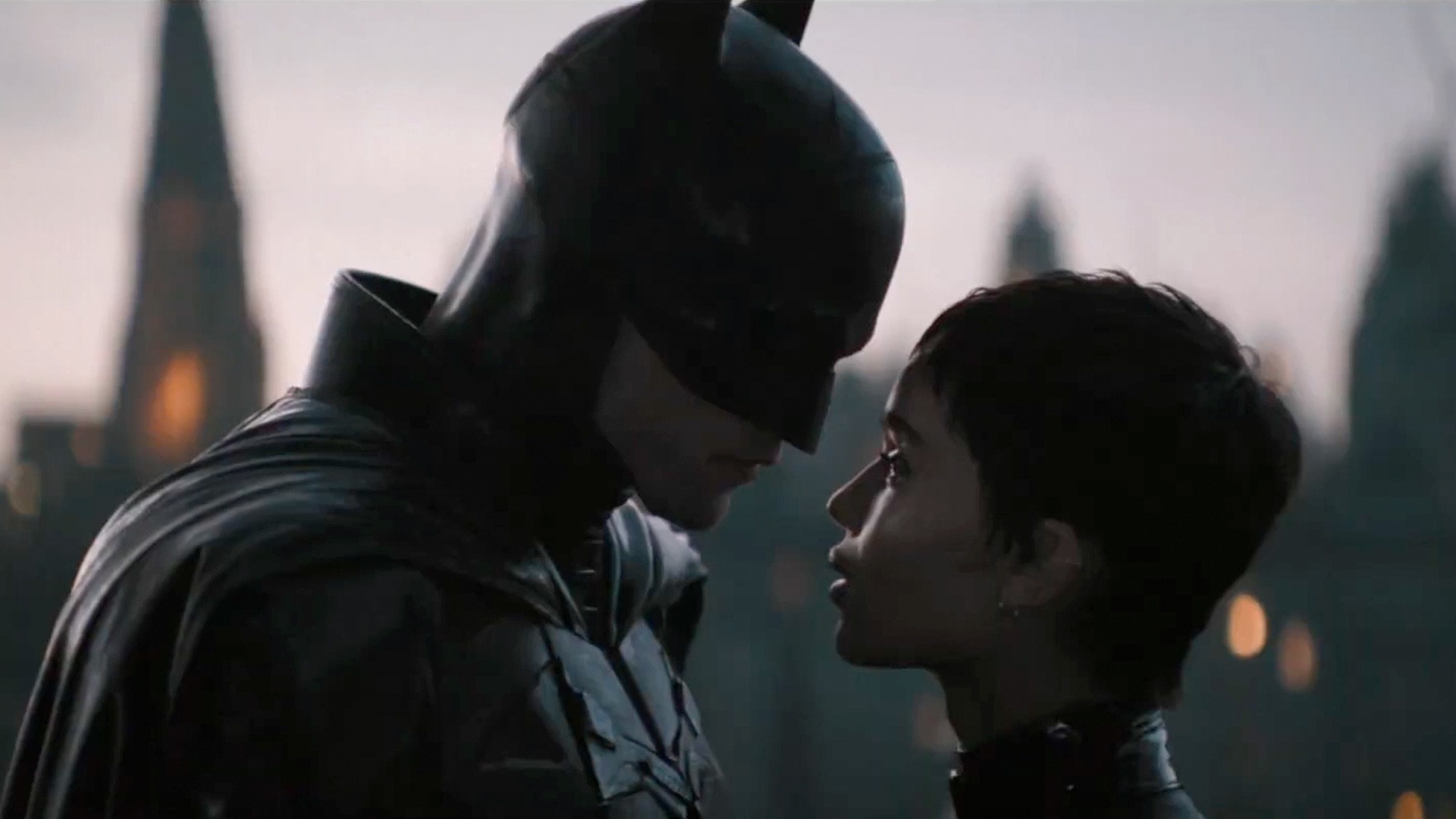
A Darker, More Grounded Vision
Unlike the vibrant and often fantastical portrayals seen in Christopher Nolan’s The Dark Knight Trilogy or Tim Burton’s Batman (1989), The Batman takes a more grounded and realistic approach. Set in the early years of Batman’s crime-fighting career, the film depicts a Gotham City that is thick with corruption and decay. Matt Reeves, known for his work on Cloverfield and the Planet of the Apes series, delivers a Gotham that is bleak and oppressive, where crime runs rampant and even the police seem morally compromised.
One of the most striking aspects of The Batman is its focus on Batman’s role as a detective. Instead of primarily being a spectacle-driven superhero movie, this film harkens back to the roots of Batman as “The World’s Greatest Detective.” The narrative is driven by Batman’s pursuit of a mysterious serial killer, The Riddler (played by Paul Dano), whose cryptic clues draw Batman into a complex conspiracy that reveals the deep ties of corruption in Gotham. The film emphasizes Batman’s intellect and his ability to piece together clues, often putting him in direct conflict with law enforcement and the criminal underworld alike.
This shift towards a detective-driven narrative allows for a deeper exploration of Batman’s character, something that has often been overshadowed by action-heavy plots in previous adaptations. Robert Pattinson’s portrayal of Batman/Bruce Wayne reflects this shift—his Batman is quieter, more intense, and more focused on solving crimes than indulging in bravado. Pattinson’s Batman is an emotionally conflicted figure, still raw from the trauma of his parents’ murder, and his obsession with justice borders on self-destructive.
An Unflinching Look at Gotham’s Corruption
Gotham City is as much a character in The Batman as any of its human actors. The film presents a Gotham that is decaying under the weight of systemic corruption, from its politicians to its law enforcement. This Gotham feels much more lived-in and grounded than previous portrayals, giving it a sense of real-world decay that mirrors the moral disintegration of its citizens.
At the heart of the film’s plot is the mysterious serial killer known as The Riddler. The Riddler’s killing spree forces Batman to confront the seedy underbelly of Gotham’s elite, uncovering the deep ties between the city’s politicians, criminals, and even Bruce Wayne’s family. Through The Riddler’s cryptic messages, Batman is forced to question his role in the city’s history and his family’s connection to its corruption. This angle is particularly powerful, as it forces Bruce Wayne to confront not just the crime on the streets, but the systemic problems that have allowed Gotham to remain a hotbed of criminal activity for decades.
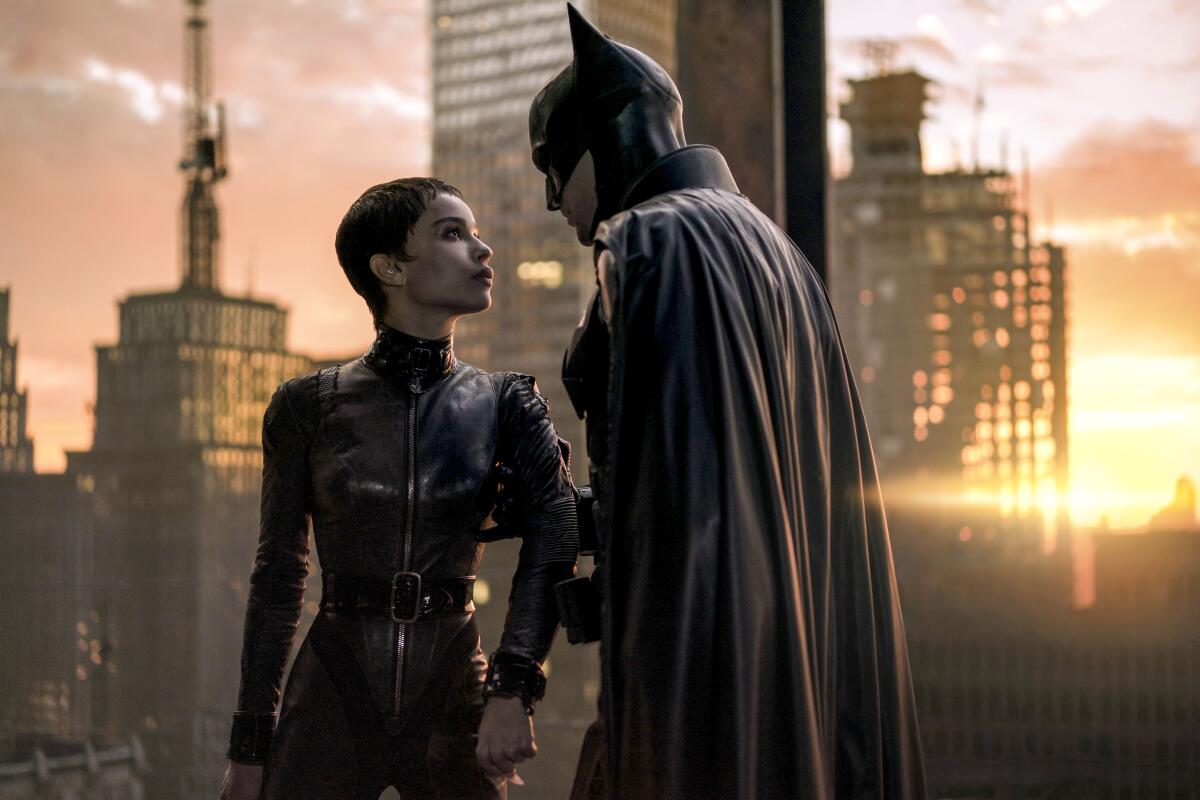
As Batman dives deeper into the conspiracy, he uncovers the dark truth about his own family’s involvement with Gotham’s criminal elite. The film’s exploration of corruption extends beyond just the criminals, showing that even those who are supposed to be the city’s protectors are morally compromised. The Gotham City portrayed in The Batman is one that has been betrayed by its leaders, and it is in desperate need of someone who is willing to make real change.
A Complex, Grounded Cast of Characters
While The Batman is undoubtedly focused on its titular hero, it also introduces a rich array of supporting characters, each adding depth to the narrative. The film’s portrayal of Selina Kyle/Catwoman (Zoë Kravitz) is particularly interesting, as she serves as both an ally and an antagonist to Batman. Her motivations are complex, and her relationship with Batman evolves throughout the film. Kravitz’s Selina Kyle is more than just a love interest or a femme fatale—she’s a woman with her own sense of justice, and her personal vendetta against the corruption in Gotham aligns with Batman’s own mission, making her an intriguing, multifaceted character.
Colin Farrell’s portrayal of Oswald Cobblepot, aka The Penguin, is another standout. Under layers of makeup and prosthetics, Farrell’s performance is nearly unrecognizable, but he brings an unmistakable gravitas and humor to the character. This Penguin is a menacing, calculating crime boss, but Farrell manages to inject enough nuance to keep him from being a one-dimensional villain. His interactions with Batman set the stage for what could be a larger role for the character in future installments of the series.
Of course, the villain at the heart of The Batman is The Riddler. Paul Dano’s portrayal of the character is chilling in its understated intensity. Rather than being a flamboyant and eccentric trickster, Dano’s Riddler is a deeply disturbed individual whose motivations are rooted in a warped sense of justice. The film’s depiction of The Riddler as an online conspiracy theorist turned killer is a modern, terrifying take on the character. He is a villain who manipulates his audience, and his fixation on exposing the corruption of Gotham aligns him with Batman’s desire for justice—making him all the more dangerous.
Cinematic Aesthetics and Tone
One of the standout aspects of The Batman is its visual style. Cinematographer Greig Fraser, who won an Academy Award for his work on Dune (2021), crafts a stunningly atmospheric Gotham, where shadow and light are constantly at odds. The film’s rain-soaked streets and dimly lit interiors are reminiscent of classic noir films, creating a sense of unease and tension that permeates every frame. The color palette is muted, with dark tones of blacks, grays, and deep reds, evoking a sense of dread and danger that defines the film’s overall aesthetic.
The soundtrack, composed by Michael Giacchino, complements the film’s tone perfectly. The haunting, brooding score is layered with a sense of melancholy and urgency, adding another layer of emotion to the film’s somber atmosphere. From the booming brass notes during action sequences to the quieter, more introspective moments, the music helps elevate the film’s themes of vengeance, justice, and redemption.
A New Era for Batman
The Batman marks a turning point for the character, providing a refreshing reinvention of a well-worn hero. It is a film that places more emphasis on detective work, emotional depth, and social commentary than its predecessors. The film’s portrayal of Gotham as a city in decay, coupled with Batman’s internal struggle with his role in that decay, offers a story that feels both timeless and relevant.
Robert Pattinson’s portrayal of Batman is a significant departure from previous versions of the character, and in many ways, it’s the most compelling take on the hero in recent memory. He is a Batman who is still learning, still angry, and still deeply uncertain about his place in the world. But it’s this vulnerability that makes him such an intriguing character to watch.
As the first film in a planned trilogy, The Batman sets the stage for a new era for Gotham’s protector. With its richly developed characters, dark tone, and smart narrative, it proves that Batman’s world is far from exhausted and that there are still new stories to tell in the shadowed streets of Gotham.
In the end, The Batman is more than just a superhero film—it’s a meditation on the nature of justice, vengeance, and redemption, set against the backdrop of a broken city that needs healing. It’s a movie that challenges expectations, offering a slow-burning, contemplative experience that stays with the audience long after the credits roll.

